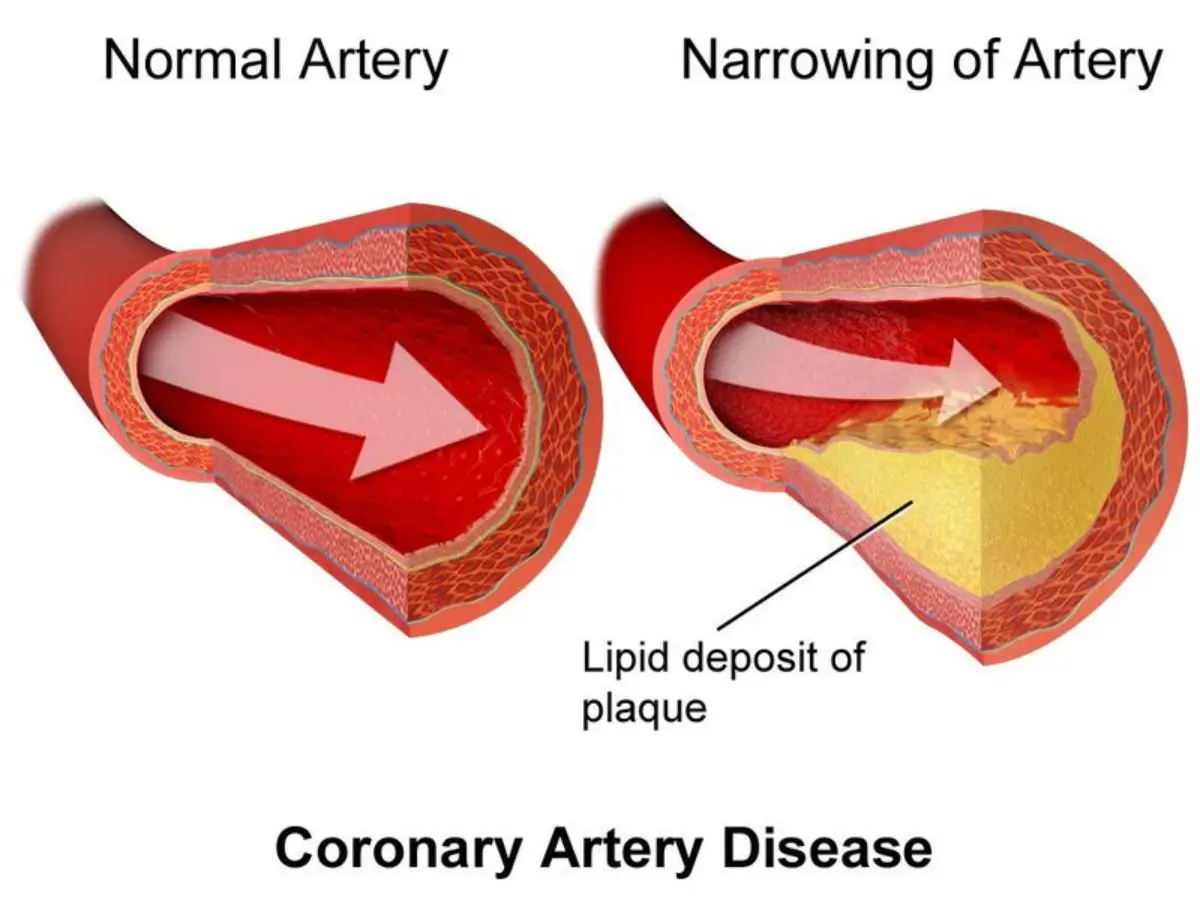
Young Indian Americans And Heart Attacks
By Neeladri Misra MD, FACP, Internist, Roseville, CA

India is now known as the heart disease capital of the world. With the turn of the century, cardiovascular diseases (CVDs) have become the leading cause of mortality in India. CVD affects Indians at least a decade earlier and in their most productive midlife years. For example, in Western populations, only 23% of CVD deaths occur before the age of 70 years; in India, this number is 52%, which is twice that of the Western population.
It is estimated that by 2030, 1 in every 4 Indians after the age of 40 may be diagnosed with coronary artery disease, the leading cardiovascular disease to affect young Indians. Coronary artery disease (CAD) is caused by the build-up of atherosclerosis, a term used to describe a process where a blockage slowly builds up in the arteries that supply the heart. This process usually starts in people as early as their 30s but takes 15-20 years to build up.
With recent celebrities like Shreya Talpade, Sushmita Sen, Saurav Ganguly, Raju Srivastav, and Satish Kaushik suffering major heart attacks in their 40s and 50s; however, we now understand the atherosclerosis rate is much faster in Indians and leads to heart disease much earlier, resulting in a heart attack that can often be fatal if prompt treatment is not given.
There are 2 types of risk factors in the development of cardiovascular disease – preventable or modifiable risk factors and non-modifiable factors. The non-modifiable factors are genetics that differ in subpopulations in the world, with Indians having genetic predispositions to a higher risk of heart disease amongst South Asian groups.
However, preventable or modifiable risk factors play a greater role in the development of heart disease, and these often go unnoticed. High blood pressure and high cholesterol, both of which have no symptoms and will go unnoticed for years, play the greatest role in the development of cardiovascular disease. Diabetes increases this risk about 4-5 times and the progression of atherosclerosis leads to premature CAD. Lifestyle choices like stress, working late hours, skipping meals, and tobacco use are additional risk factors for the development of atherosclerosis that ultimately causes a blockage in the artery leading to a heart attack.
The reality is we now understand coronary artery disease is a natural progression of aging in the human body and becomes unenviable. As a species, as our life expectancy now averages well into the 8th and 9th decade of life, we now have a higher risk of developing coronary artery disease at some decade, but what is concerning is the alarming earlier incidence of heart disease in the 40s and 50s that now leads to many years lived with coronary artery disease.
So if this disease affects or will affect everyone what can we do. The goal is to delay the onset of this disease especially for Indians who are at the highest risk to as much as possible.
*After age 18, everyone should have a yearly test for blood pressure, fasting cholesterol, and fasting sugar or an A1c to check for diabetes. This is the first step in identifying if your body suffers from any of the silent diseases. Subsequently, lifestyle changes should be identified and if lifestyle changes aren’t effective, some medications will help with lowering blood pressure and cholesterol levels.
*At the age of 40, a CT scan of the heart (CT Angio heart or CT calcium score) to check for calcium deposits and atherosclerosis development is an excellent screening test for early detection of heart disease and if identified should be referred to a cardiologist for angioplasty. Angioplasty is a safe procedure that opens up the arteries and a stent is placed to allow blood to flow through. Post angioplasty blood flow to the heart normalizes leading to a healthier heart and reducing long term risk of the development of complications of CAD.
*Moderate exercise is an important key in reducing the risk of atherosclerosis. Aerobic exercise like walking, running, or cycling is ideal to keep your arteries from plugging up while simultaneously normalizing sugar and cholesterol levels. The American Heart Association recommends 20-30 min of exercise most days of the week to significantly reduce the risk of heart disease.
*Weight lifting, on the contrary, is not beneficial to heart disease and heavy weight lifting may put more stress on the heart. Several instances of patients suffering heart attacks in the gym are noticed as during weight training there’s increased resistance on the heart that can lead to cardiac arrest if there’s preexisting atherosclerosis in the heart. The key, once again, is to know if by CT angio of the heart, if there are existing blockages in the heart, then weight lifting should be avoided until the blockages are fixed by angioplasty.
*Amongst all the risks of heart attacks, stress is the factor that plays a critical role in the development of a heart attack. Stress activates chemicals in the body that accelerate the rate of atherosclerosis, but acute periods of stress often cause immense pressure on the heart and blood vessels that will lead to a terminal event of a heart attack. Stress reduction is by far the most important modifiable risk to prevent individuals from getting heart attacks.
Indians more than any other subpopulation in the world will likely develop heart disease during some point in their lifetime. Through lifestyle choices and screening for heart disease, one can enjoy a healthy heart and good lifestyle for many years.




